Zagreb is Croatia’s capital, and it is a beautifully located city at ridges along the river Sava. You find great walks here as well as a varied range of sights, cultural activities, monuments, museums and lovely parks.
Gornji Grad is the name of the upper, old town of Zagreb. It is located above the modern city, named Donji Grad. In Gornji Grad, among other things, you can see several old churches, museums, crooked streets and Croatia’s government buildings. You find them in two different neighborhoods that were once two independent cities.
The activities are memorable in Zagreb and the distances are small. In this way you can reach everything in a relaxed pace with time to enjoy the city. When in the old town, you should stroll the cozy pedestrian street Tkalčićeva ulica, where restaurants are lined one next to the other.
Donji Grad is planned with a horseshoe shaped areas with green oases; large parks and the city’s botanical garden. There are impressive buildings and several fine museums in and around the parks. This district is also Zagreb’s busy and popular business district.
If you want to go out of town and in the nature, possibilities literally start right outside Zagreb’s city limits. The Medvednica Nature Park is located immediately north of the city boundary, offering wooded hillsides, hiking trails and seasonal skiing.
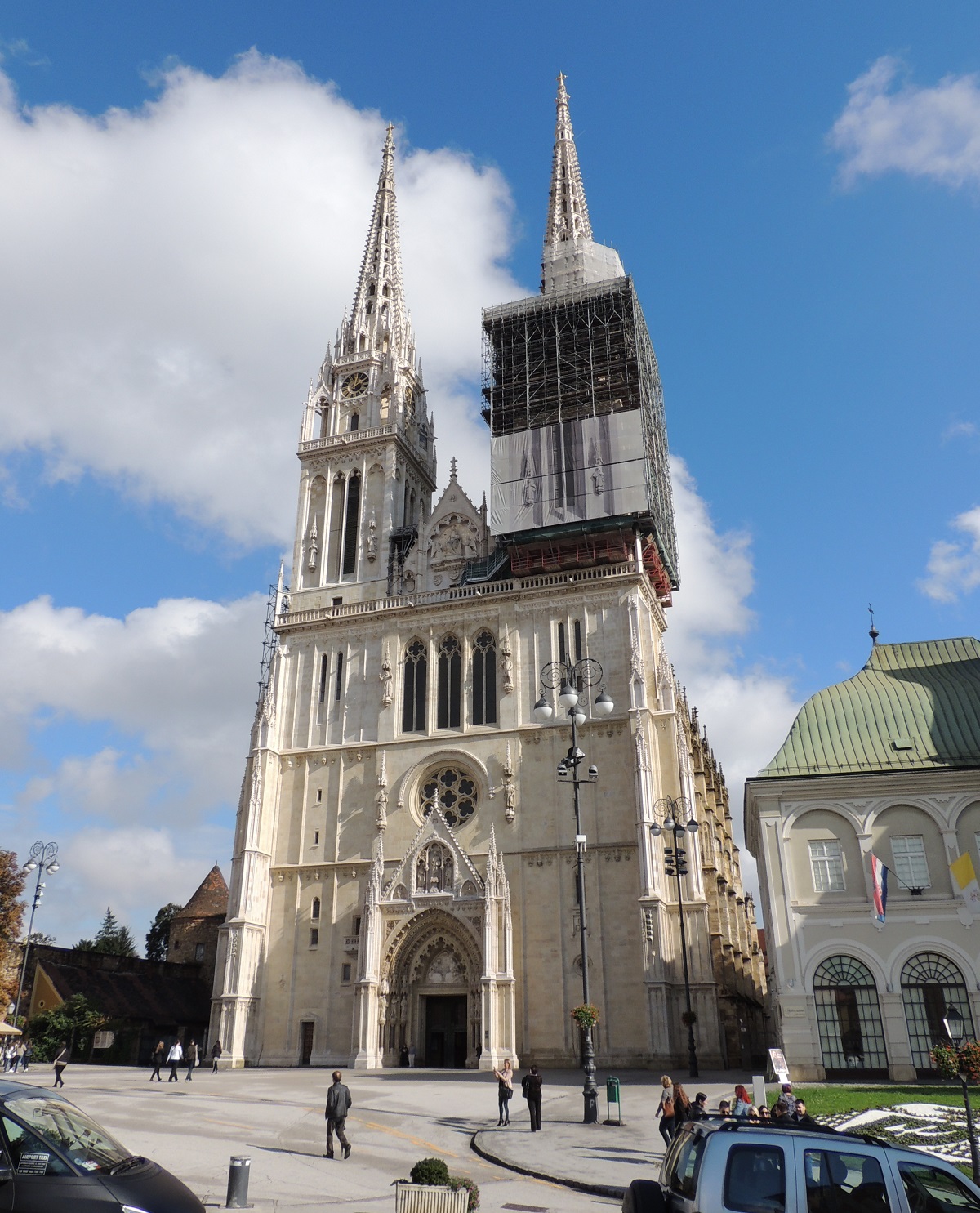

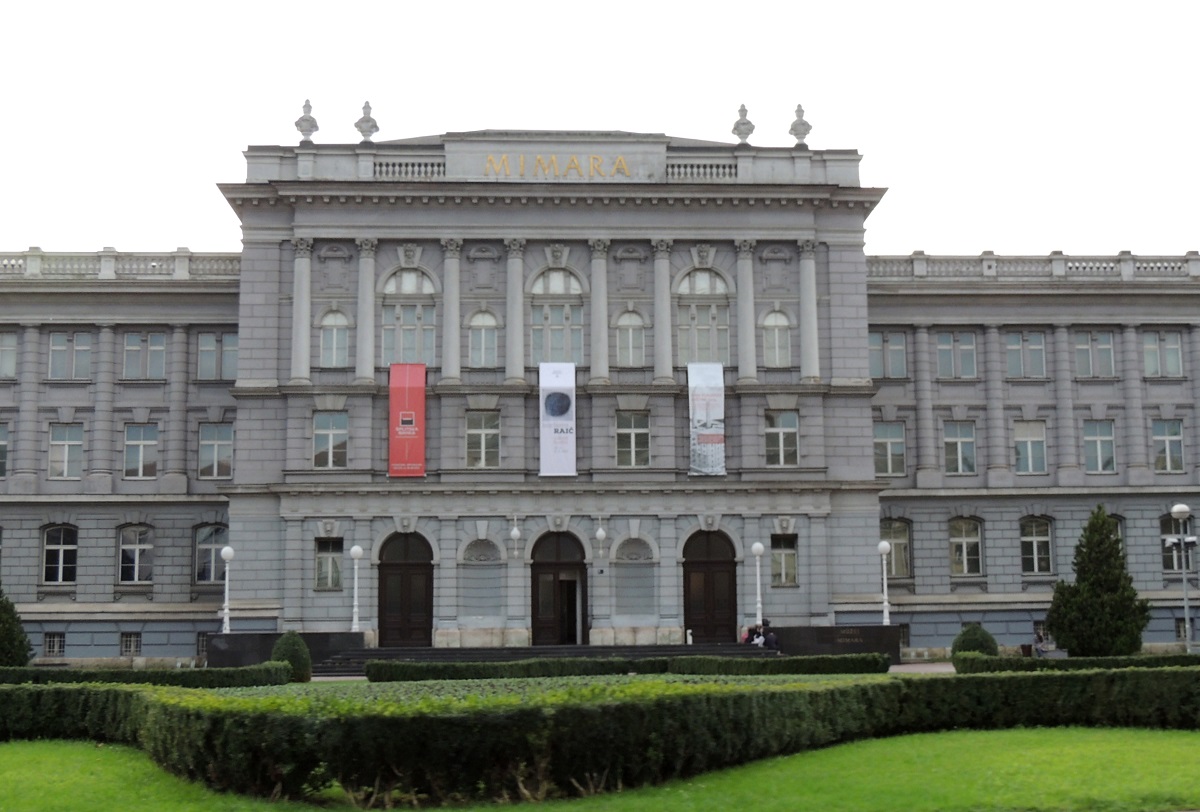

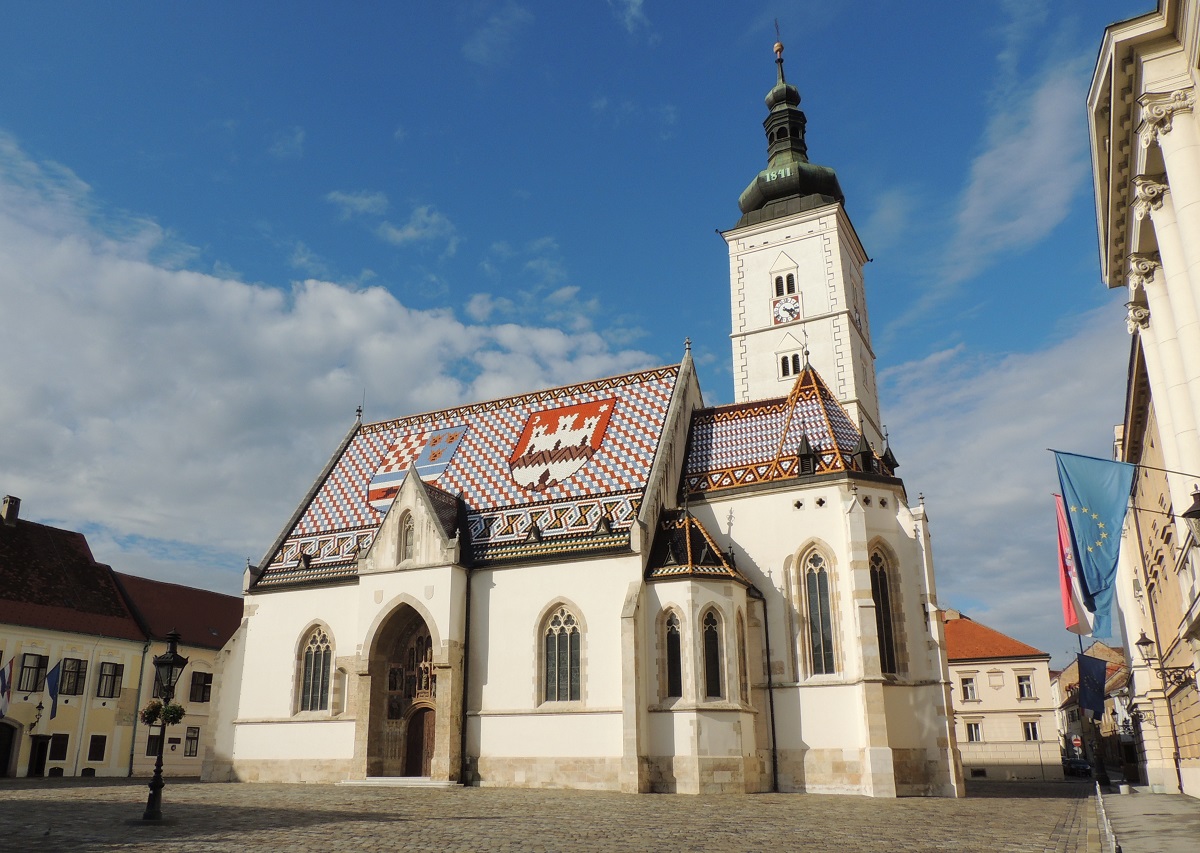


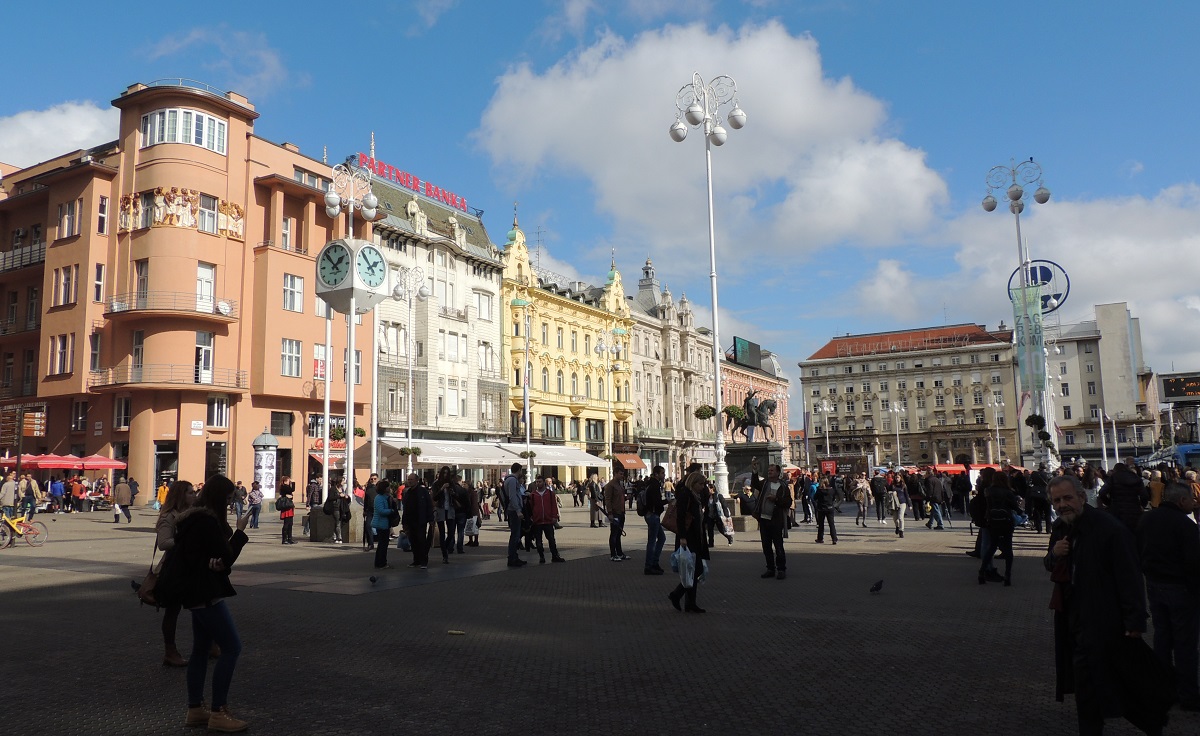

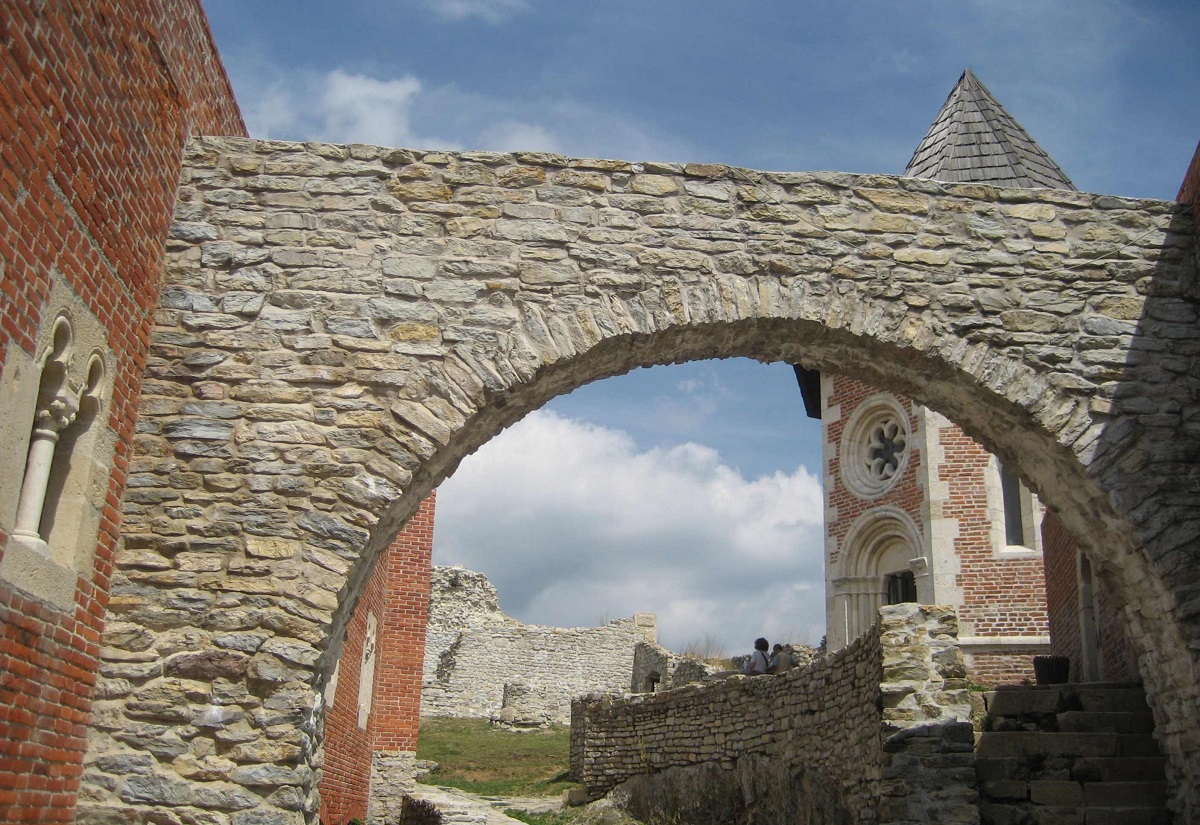
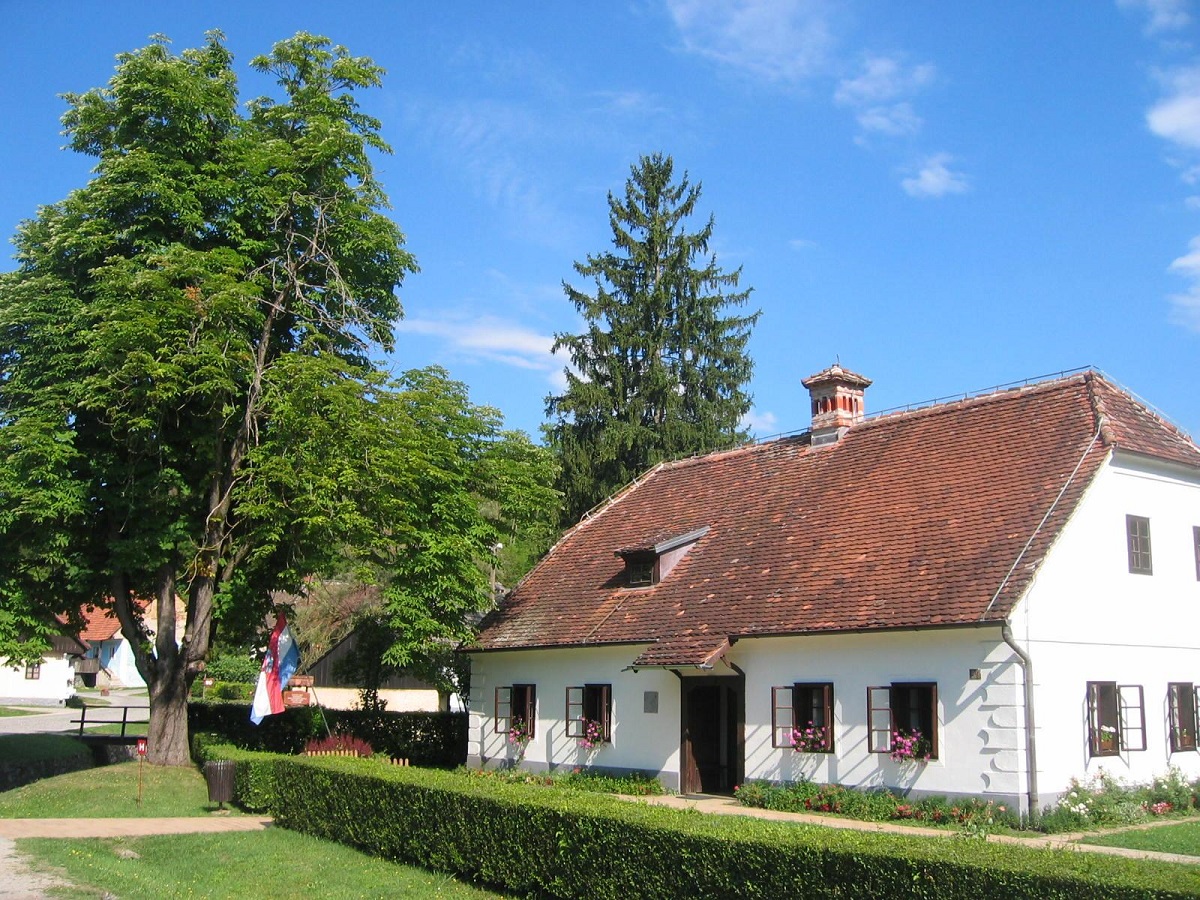
Zagreb’s Prehistory
Croatia’s history dates back to 400 BC, when the first Greek colonies were founded on islands in the Adriatic Sea. Around 100 BC transitioned the area to the Romans who divided the region into the two provinces of Pannonia and Dalmatia. At the demise of the Roman Empire, the provinces were divided between the Byzantine Empire and France.
The Romans had during their time established the settlement Andautonia in the area of present-day Zagreb, and it was the first settlement on the site; Andautonia, however, was depopulated and was thus not a city that led to the founding of Zagreb.
The Diocese of Kaptol
From the east, Croats had come to the area in the 500s, and they settled permanently and developed their own culture. In the 9th century, they reunited the two former Roman provinces of Pannonia and Dalmatia, and this happened under Croatia’s first king, Tomislav.
Zagreb’s first settlements during the period took place on the Kaptol and the Gradec mound directly opposite the Kaptol. Centrally located between the high areas of the area was a stream that became the source of urban development. Thus, the central site, which is today Tkalčićeva, was quickly built.
In 1094, the city was officially formalized by the formation of Zagreb’s diocese, and the first church was then built. The founding took place under King Ladislaus of Hungary. Just a few years later, the last Croatian king died in 1102, and the country entered into union with Hungary.
Mongols and the 13th Century
In 1242, the city of Gradec on Mount Zagreb was elevated to the sanctuary by King Bela. Citizens were given rights, and a mayor was elected in the city. The city did not have solid fortifications, but only palisades, and it was therefore easy to attack. Precisely in 1242, Zagreb, which consisted of Captol and Gradec, had been stormed by Mongols who partially destroyed the city; the attack had gone beyond the cathedral among other things.
A rebuilding occurred in the following years, and newbuildings of, for example, churches also increased. The first major defensive positions were erected with walls around Gradec, but for Kaptol it was only a minor strengthening of the fortifications so far.
Fortification of the two cities
Zagreb had, for centuries, developed behind partial palisades, which had been rebuilt on several occasions. In the years 1449-1473, city walls with fortified towers were erected to replace the palisades, and they enclosed both Kaptol and Gradec.
Twenty years later, the advance of the Turkish Ottomans was fought back near Zagreb, and the bishop of the city had new defensive walls erected around the cathedral and the bishop’s residence; this happened in the years 1512-1520. The threat from the Ottomans was intact, and much of the rest of Croatia had come under the rule of the Turks.
At this time, other things happened in Zagreb besides the building of fortifications. Trade and craftsmanship was established and civilian life gathered around St. Mark’s Square in Gradec, where the town hall was located.
In 1527, Croatia became part of the Habsburg Empire, seated on the throne of Zagreb. The Habsburgs controlled the mainland while the Venetians sat on much of the former Roman territory along the Adriatic coast.
The city expands
In the first half of the 17th century, Zagreb experienced a boom with the arrival of various Catholic orders. Churches and monasteries were built, and at the same time various schools were erected. The many buildings led to increased prosperity and a growth in population. Stylistically, the cityscape also changed during this time; The Jesuits, for example, brought the Baroque architecture with their church and monastery, built 1630-1632.
The need for more space outside the two highs was urged, and this was not least due to the cramped commercial space on the town’s existing squares. The result was that the fields below Zagreb were made the city’s new marketplace in 1641; this one remains central and carries today the name Trg Bana Jelačića.
With the new extension, the concepts Upper Town / Gornji Grad and Lower Town / Donji Grad were a reality. One of the settlements in the lower town was Za Greb, and the contraction of Zagreb quickly became the whole of the urban area.
Zagreb’s new part developed rapidly, and as early as the 18th century the area below the mounds was the busiest in the city with extensive road and residential construction. A bridge connection was also built to the other side of the river to the south, so that all of Zagreb’s suburbs were connected to the markets.
Nineteenth-century Zagreb
At the beginning of the nineteenth century, France’s Napoleon and the Napoleonic wars were dominant in many places on the European continent and thus also in Croatia and Zagreb.
Led by Napoleon, France occupied Croatia for a brief transition, and then virtually all of the present Croatian territory was assembled in 1815 in the Habsburg Empire following Napoleon’s defeat. Thus, the influence of the Venetians was over, and the city of Dubrovnik was also incorporated.
In 1847, Croatian Zagreb was introduced as a language instead of the Latin language used so far. The following year, Hungarian attacks were fought back under the leader Ban Josip Jelačić, who at the same time united the Croatian provinces.
The first railway line came to Zagreb in 1862, and with industrialization the transports evolved so rapidly that one had to build a large new main railway station 1890-1892.
In 1866, the Croatian Academy of Arts and Sciences was established in Zagreb, and it was the first of its kind in southeastern Europe. In the latter half of the 19th century a cultural development occurred and the city of Zagreb flourished. This happened not least in the Art Nouveau period around and after the year 1900. Before the start of World War I in 1914, the urban area had 280,000 inhabitants, and several districts had been transformed into new parts of Zagreb.
World Wars and today
World Wars 1. World War I broke out in 1914, and Austria-Hungary was one of the belligerent countries. The end of the war in 1918 led to a peace settlement and new borders through large parts of the Balkans. Croatia and thus also Zagreb became part of the Kingdom of Serbia, Croatia and Slovenia, which in 1928 became the South Slavic Republic of Yugoslavia.
Over the following decades, Zagreb’s position as an industrial and commercial center was expanded and the city was rebuilt. This happened in the functionalism after the Zagreb school. Throughout the period the population boomed to an extent not previously seen.
During World War II, Yugoslavia started as a neutral country. However, German and Italian troops invaded the country on April 6, 1941, and German troops captured Zagreb four days later. On the same day, Slavko Kvaternik proclaimed the establishment of the independent state of Croatia with German support.
Following Germany’s invasion of the Soviet Union, Yugoslav communists began an armed uprising with Quaternary Croatia. The opposition was led by Croatian Josip Broz Tito, who became the leader of the entire Yugoslavia for decades until 1980.
From the 1950s, Zagreb was rapidly expanded, and among the extensions were the Novi Zagreb district and the city’s new, international airport; both south of the former city. Major events were also conducted; for example, the Zagreb Fair in 1947 and the Summer Universiade in 1987.
Throughout the 1980s, national flows increased in Yugoslavia, and in 1991 Croatia became independent with Zagreb as its capital. Since then, the city has continued to strengthen its cultural position with many offers and opportunities for citizens and visitors.
Overview of Zagreb
Zagreb is Croatia’s capital, and it is a beautifully located city at ridges along the river Sava. You find great walks here as well as a varied range of sights, cultural activities, monuments, museums and lovely parks.
Gornji Grad is the name of the upper, old town of Zagreb. It is located above the modern city, named Donji Grad. In Gornji Grad, among other things, you can see several old churches, museums, crooked streets and Croatia’s government buildings. You find them in two different neighborhoods that were once two independent cities.
About the upcoming Zagreb travel guide
About the travel guide
The Zagreb travel guide gives you an overview of the sights and activities of the Croatian city. Read about top sights and other sights, and get a tour guide with tour suggestions and detailed descriptions of all the city’s most important churches, monuments, mansions, museums, etc.
Zagreb is waiting for you, and at vamados.com you can also find cheap flights and great deals on hotels for your trip. You just select your travel dates and then you get flight and accommodation suggestions in and around the city.
Read more about Zagreb and Croatia
Buy the travel guide
Click the “Add to Cart” button to purchase the travel guide. After that you will come to the payment, where you enter the purchase and payment information. Upon payment of the travel guide, you will immediately receive a receipt with a link to download your purchase. You can download the travel guide immediately or use the download link in the email later.
Use the travel guide
When you buy the travel guide to Zagreb you get the book online so you can have it on your phone, tablet or computer – and of course you can choose to print it. Use the maps and tour suggestions and you will have a good and content-rich journey.
Tkalčićeva • Kaptol • Fine Museums • Lovely Parks • Lotrščak Tower
Overview of Zagreb
Zagreb is Croatia’s capital, and it is a beautifully located city at ridges along the river Sava. You find great walks here as well as a varied range of sights, cultural activities, monuments, museums and lovely parks.
Gornji Grad is the name of the upper, old town of Zagreb. It is located above the modern city, named Donji Grad. In Gornji Grad, among other things, you can see several old churches, museums, crooked streets and Croatia’s government buildings. You find them in two different neighborhoods that were once two independent cities.
About the upcoming Zagreb travel guide
About the travel guide
The Zagreb travel guide gives you an overview of the sights and activities of the Croatian city. Read about top sights and other sights, and get a tour guide with tour suggestions and detailed descriptions of all the city’s most important churches, monuments, mansions, museums, etc.
Zagreb is waiting for you, and at vamados.com you can also find cheap flights and great deals on hotels for your trip. You just select your travel dates and then you get flight and accommodation suggestions in and around the city.
Read more about Zagreb and Croatia
Buy the travel guide
Click the “Add to Cart” button to purchase the travel guide. After that you will come to the payment, where you enter the purchase and payment information. Upon payment of the travel guide, you will immediately receive a receipt with a link to download your purchase. You can download the travel guide immediately or use the download link in the email later.
Use the travel guide
When you buy the travel guide to Zagreb you get the book online so you can have it on your phone, tablet or computer – and of course you can choose to print it. Use the maps and tour suggestions and you will have a good and content-rich journey.






Similar to Zagreb Travel Guide
There are no listings matching your search.
Reset